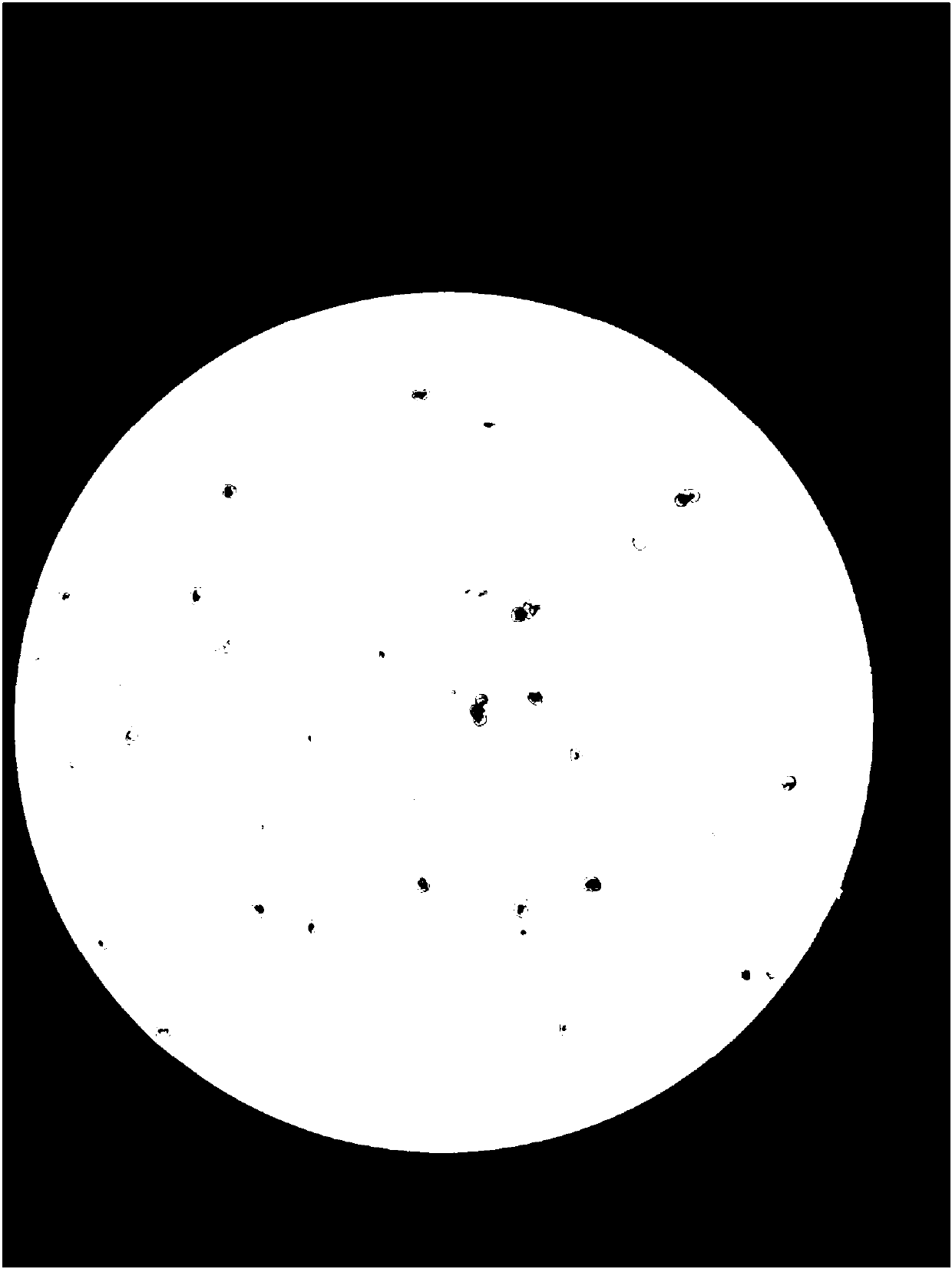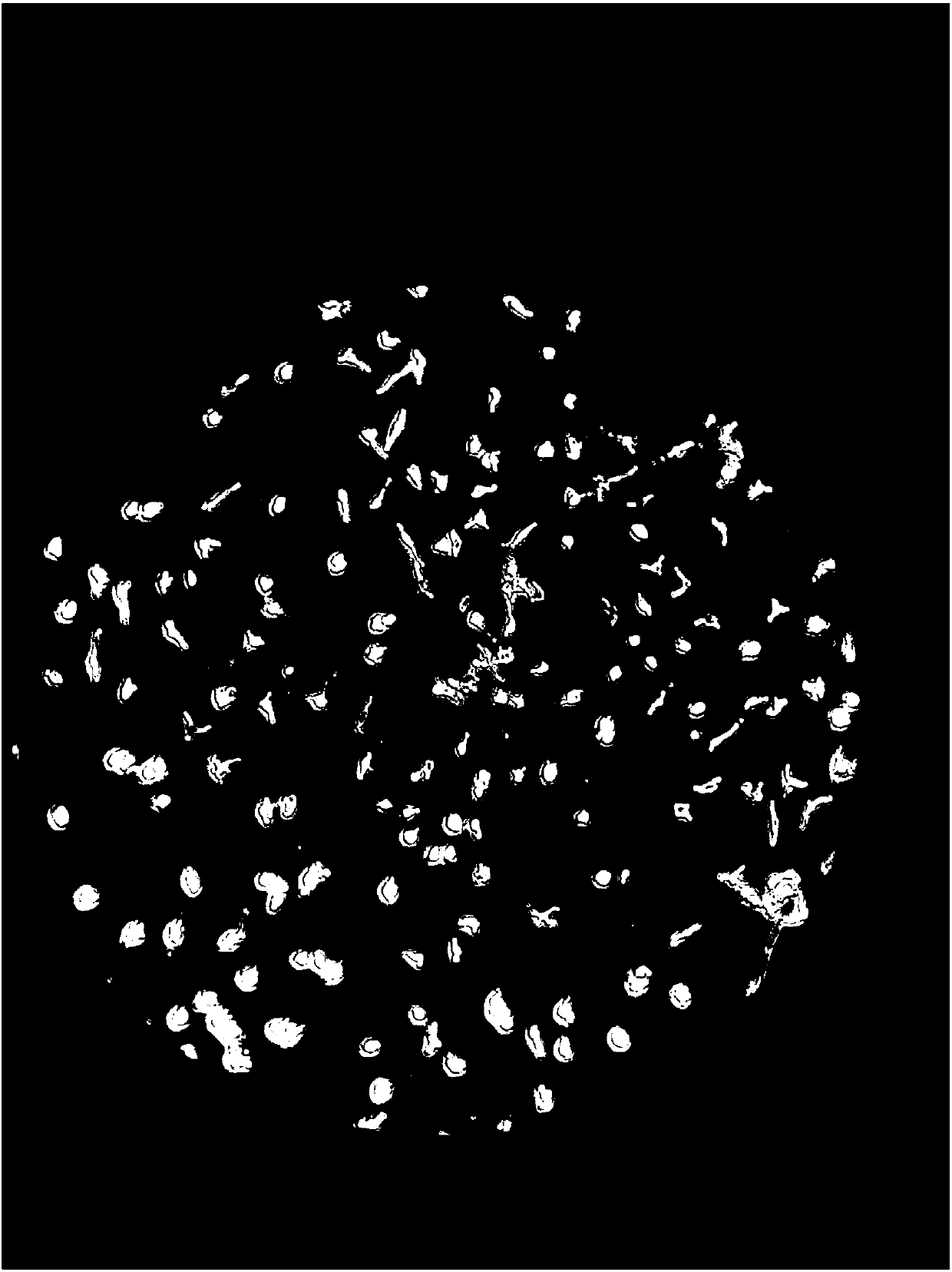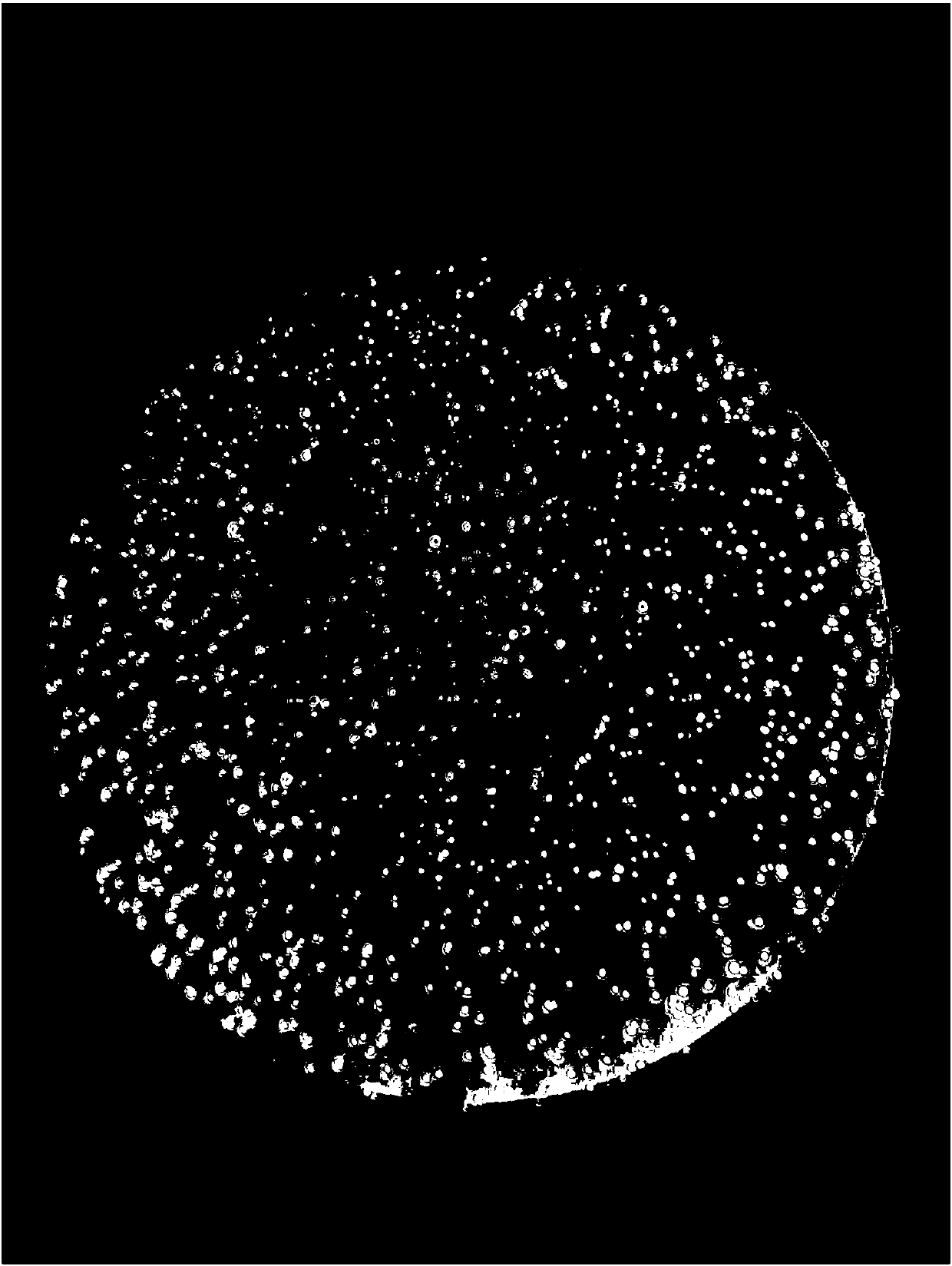Digestive juice used for separating anchorage-dependent cells and a separation method of the cells
An adherent cell and separation method technology, which is applied to the separation of adherent cells' digestive juice and the field of separation, can solve the problems of large differences, cumbersome operations, low cell survival rate, etc., and achieves reduction of differences in experimental results and dissociation efficiency. High, easy-to-use effects
- Summary
- Abstract
- Description
- Claims
- Application Information
AI Technical Summary
Problems solved by technology
Method used
Image
Examples
Embodiment 1
[0022] A digestive solution for separating adherent cells, including component A, component B and component C; component A is a cell washing solution, component B is a cell dissociation solution, and component C is a cell suspension ; The component A includes the following raw materials in parts by weight: 5 parts of NaCl, 0.1 part of KCl, 0.1 part of glucose, KH 2 PO 4 0.01 parts, Na 2 HPO 4 0.02 parts; the component B includes the following raw materials in parts by weight: 0.01 parts of dispase, 0.01 parts of papain, 500 parts of NaCl, 20 parts of KCl, 20 parts of glucose, KH 2 PO 4 2 parts, Na 2 HPO 4 2 parts; the component C includes the following raw materials in parts by weight: 4 parts of NaCl, 0.1 part of KCl, CaCl 2 0.2 parts, MgCl 2 0.1-part, 1 part of 4-hydroxyethylpiperazineethanesulfonic acid, 0.5 part of glucose.
[0023] A method for separating the digestive fluid of adherent cells, comprising the following steps: (1) removing the cell culture med...
Embodiment 2
[0025] A digestive solution for separating adherent cells, including component A, component B and component C; component A is a cell washing solution, component B is a cell dissociation solution, and component C is a cell suspension ; The component A includes the following raw materials in parts by weight: 11 parts of NaCl, 1 part of KCl, 2 parts of glucose, KH 2 PO 4 0.1 parts, Na 2 HPO 4 0.05 parts; the component B includes the following raw materials in parts by weight: 0.08 parts of dispase, 0.08 parts of papain, 900 parts of NaCl, 70 parts of KCl, 200 parts of glucose, KH 2 PO 4 8 parts, Na 2 HPO 4 8 parts; the component C includes the following raw materials in parts by weight: 10 parts of NaCl, 1 part of KCl, CaCl 2 0.5 parts, MgCl 2 0.5 parts, 4-hydroxyethylpiperazineethanesulfonic acid 4 parts, glucose 2 parts.
[0026] A method for separating the digestive fluid of adherent cells, comprising the following steps: (1) removing the cell culture medium, was...
Embodiment 3
[0028] A digestive solution for separating adherent cells, including component A, component B and component C; component A is a cell washing solution, component B is a cell dissociation solution, and component C is a cell suspension ; The component A includes the following raw materials in parts by weight: 8 parts of NaCl, 0.4 part of KCl, 1 part of glucose, KH 2 PO 4 0.06 parts, Na 2 HPO 4 0.0475 parts; the component B includes the following raw materials in parts by weight: 0.01-0.05 parts of dispase, 0.02-0.05 parts of papain, 800 parts of NaCl, 40 parts of KCl, 100 parts of glucose, KH 2 PO 4 6 parts, Na 2 HPO 4 4.75 parts; Described component C comprises the raw material of following parts by weight: 8.8 parts of NaCl, 0.224 parts of KCl, CaCl 2 0.44 parts, MgCl 2 0.19 parts, 2.38 parts of 4-hydroxyethylpiperazineethanesulfonic acid, and 0.9 parts of glucose.
[0029]A method for separating the digestive fluid of adherent cells, comprising the following step...
PUM
 Login to View More
Login to View More Abstract
Description
Claims
Application Information
 Login to View More
Login to View More - R&D
- Intellectual Property
- Life Sciences
- Materials
- Tech Scout
- Unparalleled Data Quality
- Higher Quality Content
- 60% Fewer Hallucinations
Browse by: Latest US Patents, China's latest patents, Technical Efficacy Thesaurus, Application Domain, Technology Topic, Popular Technical Reports.
© 2025 PatSnap. All rights reserved.Legal|Privacy policy|Modern Slavery Act Transparency Statement|Sitemap|About US| Contact US: help@patsnap.com



